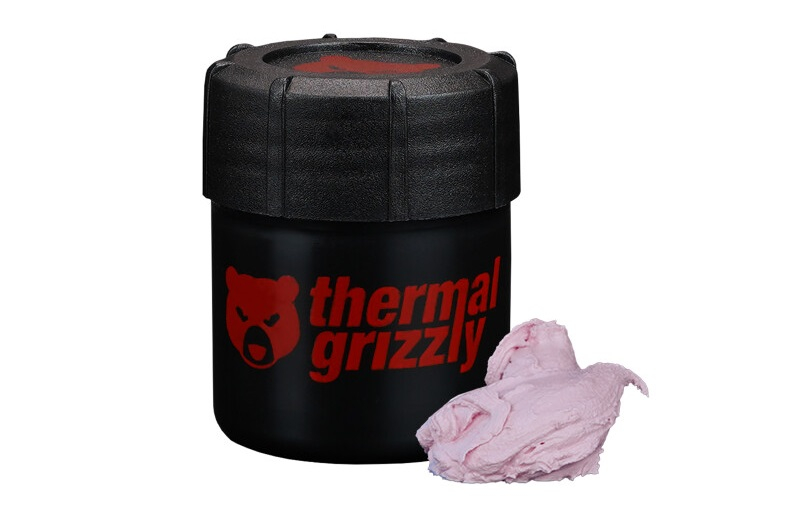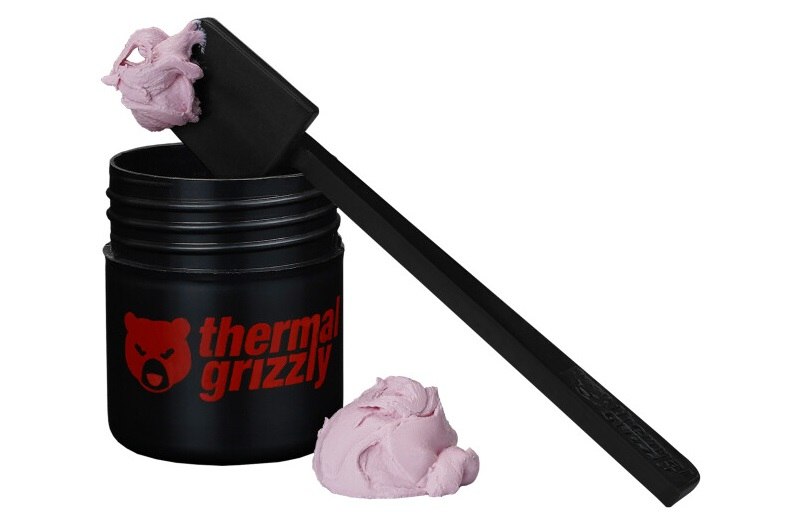Thermal Grizzly has released Thermal Putty liquid thermal pads


Thermal Grizzly has introduced Thermal Putty, which can be described as a “liquid thermal pad.” The new product is easy to use and, unlike traditional thermal pads, serves as a flexible gap filler that compensates for the difference in height between the heating elements and the cooling system.


Image Source: Thermal Grizzly
The power elements of the video card power subsystem, which heat up during operation, are equipped from the factory with thermal pads of different heights. Over time, they wear out and become less effective, so they need to be replaced to prevent overheating.


Thermal Putty can compensate for differences in height from 0.2 to 3 mm, making this thermal interface a versatile solution. “Liquid thermal pads” can be applied in two ways: over a large area using the included spatula or by hand (it is recommended to do this with a glove). When applied manually, the new product can be formed into small balls in accordance with the size of certain contact surfaces (for example, video memory chips or SMD components). And when installing the cooling system, the downforce will create the correct thickness of the thermal pad, squeezing out the excess.
Liquid thermal pad TG Thermal Putty is available in three versions, mainly differing in thermal conductivity:
- Putty Basic has a medium thermal conductivity and costs $16.24;
- Putty Advance with increased thermal conductivity and costs $27.14;
- Putty Pro has high thermal conductivity and costs $43.49.
All options are supplied in 30 ml jars. TG Thermal Putty liquid thermal pads do not conduct electricity.
It should be noted that to improve heat transfer between the GPU or CPU and the cooling system, it is still advisable to use traditional thermal paste or liquid metal.
Recent Posts
China’s XPeng Releases $20,000 MONA M03 Max Electric Car With Free Autopilot
Chinese company XPeng has unveiled the MONA M03 Max, a car with an AI-powered autonomous…
Sony lifts regional restrictions from Stellar Blade on PC, and a demo version of the game is released on Steam
The developers of the post-apocalyptic action game Stellar Blade from the South Korean studio Shift…
The Slormancer — Diablo Without the Frills. Review
Played on PC Over the last couple of years, the Diabloid subgenre has clearly entered…
Modder Already Added Two-Player Mode to Elden Ring Nightreign That Developers Forgot About
Less than a day has passed since the release of the cooperative roguelike action game…
Microsoft delays development of portable Xbox, will focus on partner consoles
According to Windows Central, Microsoft has postponed development of its own portable gaming console with…
A demo of Dispatch, a comedy game about a superhero agency from the former developers of Tales from the Borderlands and The Wolf Among Us, has been released on Steam
Developers from the American AdHoc Studio, founded by former Telltale Games, Ubisoft and Night School…